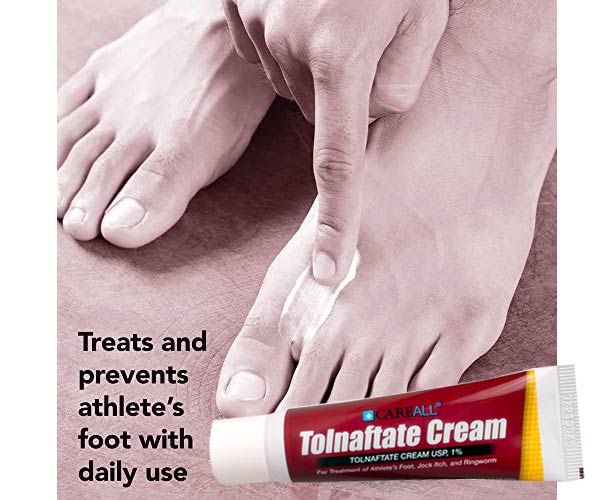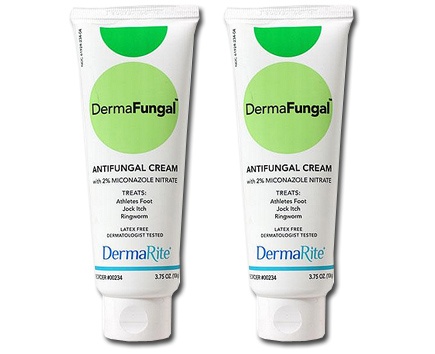
Please choose a body region on the right for you to pin point the problem area of your body.

Shop by Condition

Shop by Brand
Before purchasing over-the-counter medication such as antifungal ointment, you may want to research what it treats and how it works. Doing so will guide your decision-making process and help you know how best to use it.
To help you along, here is an analysis of what antifungal cream treats, when to use it, and when to seek professional assistance.
 As the name implies, antifungal ointments or creams refer to medication used to treat fungal infections. Usually categorized under topical antifungals, these medications target scalp, skin, or nail infections. Let us take a closer look at the specific conditions they treat and how they do so.
As the name implies, antifungal ointments or creams refer to medication used to treat fungal infections. Usually categorized under topical antifungals, these medications target scalp, skin, or nail infections. Let us take a closer look at the specific conditions they treat and how they do so.
Ringworm or Dermatophytoses
Various forms of dermatophyte infections or ringworm are typically classified according to where they appear on the body. Athlete’s foot, also known as tinea pedis, usually starts to grow between the toes and spreads to other parts of the foot. It is most common among people whose feet sweat profusely when wearing closed shoes.
Like most other forms of dermatophyte, this infection is highly contagious and can spread via contaminated towels and floors. Major symptoms include an itchy, scaly rash between the toes that sometimes develops into blisters.
A second variation of this infection is tinea cruris or jock itch. Like athlete’s foot, jock itch is characterized by an itchy rash and commonly affects people who sweat a lot. But it often targets moist skin in areas such as the inner thigh or groin. Other variations of ringworm appear on the hands, nails, or beard, characterized by a circular patch with a rough, raised border.
These infections usually clear up by directly applying an over-the-counter antifungal ointment on the affected area. However, athlete’s foot sometimes recurs, so it would be best to seek assistance from a qualified physician. But tinea capitis, a variation on the scalp, does not respond to topical antifungals and requires different medication.
Yeast Infection
Also commonly referred to as cutaneous candidiasis, yeast infection on the skin results from the overgrowth of the candida fungus. It mostly targets diabetes patients and obese persons but could also affect someone taking antibiotics. For infants, it often triggers diaper rash. Like ringworm, it thrives in warm, moist skin surfaces like the groin and the armpits. But it differs in that it is not contagious.
Characteristic signs of the infection include an itchy or burning rash with oozing bumps. A majority of skin yeast infections respond well to antifungals. But patients with a weak immune system or severe infection may require an oral dose of drugs.
Intertrigo
This type of infection typically affects warm, moist body parts where skin surfaces keep rubbing together, resulting in irritation or breakage. Once the skin breaks, a yeast or bacterial infection may result. It is most common below the breasts or buttocks, in the groin area, and between the toes and fingers.
A doctor may prescribe an antifungal ointment after confirming a yeast infection in the area. You may also need to use an antiperspirant to reduce moisture in the affected region and stop the irritation.
Medication Safety with Antifungal Creams
Just like any other medication, using these ointments requires due caution to keep you safe and reduce the chances of resistance. Avoid skipping doses, using too low doses, or prematurely stopping treatment. If an infection persists after use, always consult a trained professional.
| |
|---|
 CareAll Tolnaftate 1% Antifungal Cream, 0.5 oz Tube |
 DermaFungal Antifungal Ointment |
| Stay Connected! | |
|
|
|
Related Articles
Get $10 off your next order when you sign up to receive our email newsletter.*
Simply enter your email address below!
*Minimum order value of $100. Valid email address to qualify.







